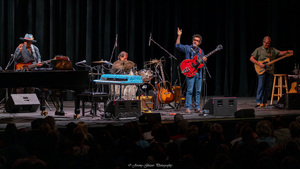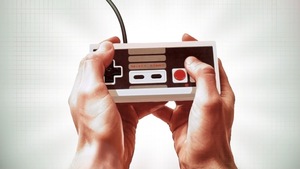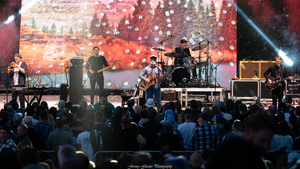Where do we go on anesthesia?
Tononi suggests that this change happens because anesthesia interferes with the brain’s mass transit system. Individual parts of the cortex can still respond to a stimulus. But the brain can’t move these signals around to other parts to create a single unified experience.
Tononi argues that the difference between brain music and brain noise defines the very nature of consciousness. Consciousness is the brain’s ability to be in a complex state, even in response to a simple stimulus like a tone. The vast number of different states our brains can enter when we are aware gives consciousness its marvelously rich feeling. In order to produce those states, the brain needs lots of neural elements that are active and able to respond, as well as the mass transit system that links them all together.
Working from this hypothesis, Tononi and his colleagues are trying to develop tools that can monitor levels of consciousness in anesthetized patients. They are also developing software to measure the complexity of the brain’s responses to stimuli. If Tononi’s idea is correct, anesthesiologists may be moving toward being able to gauge consciousness much as doctors gauge a patient’s temperature with a thermometer. Perhaps some of the mystery of consciousness itself–a question that has vexed philosophers for centuries–will be solved on the operating table.</em>












